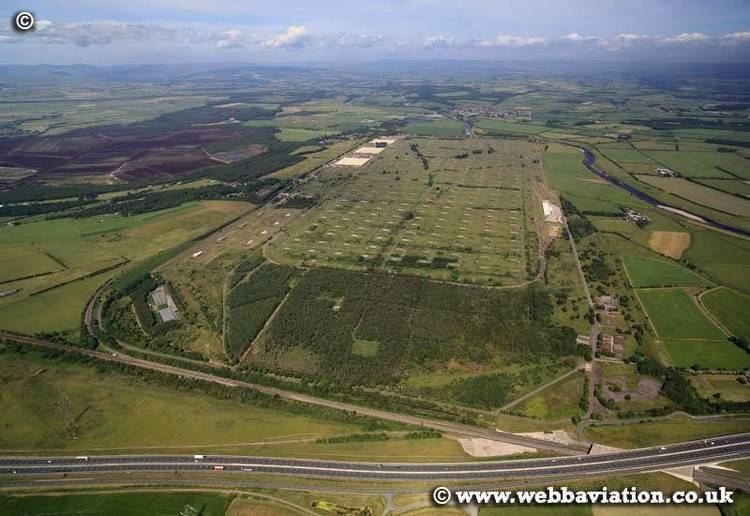 | ||
H.M. Factory, Gretna was the United Kingdom's largest Cordite factory in World War I. The government-owned facility was adjacent to the Solway Firth, near Gretna, Dumfries and Galloway. Built by the Ministry of Munitions in response to the Shell Crisis of 1915, it is now the site of the Devil's Porridge Museum.
Contents
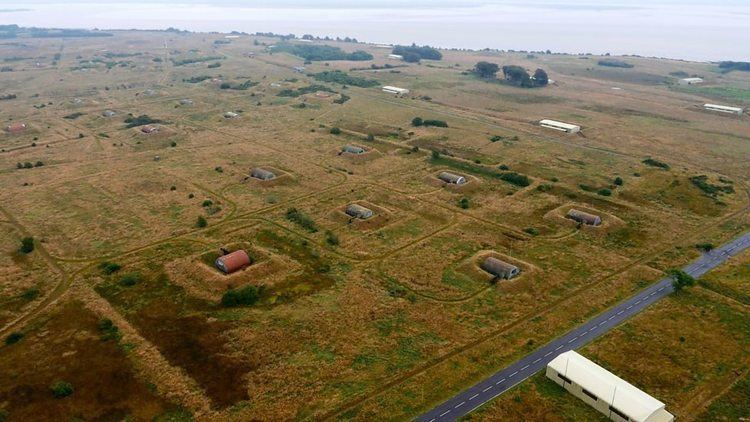
Layout
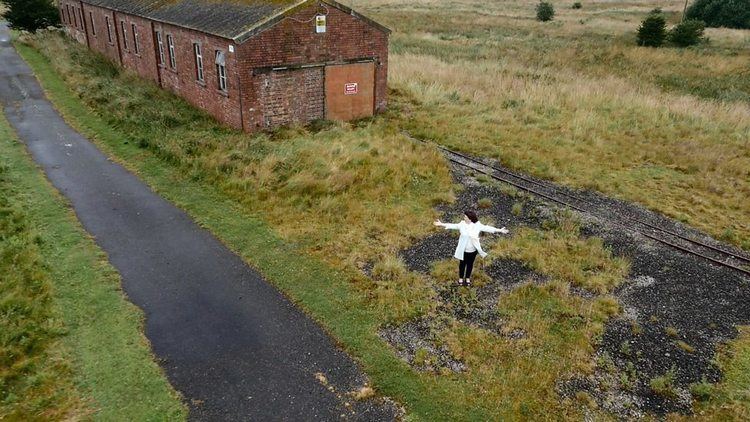
H.M. Factory, Gretna stretched 12 miles (19 km) from Mossband near Longtown in the east, to Dornock / Eastriggs in the west straddling the Scottish / English border. The facility consisted of four large production sites and two purpose-built townships. The facility had its own independent transport network, power source, and water supply system.
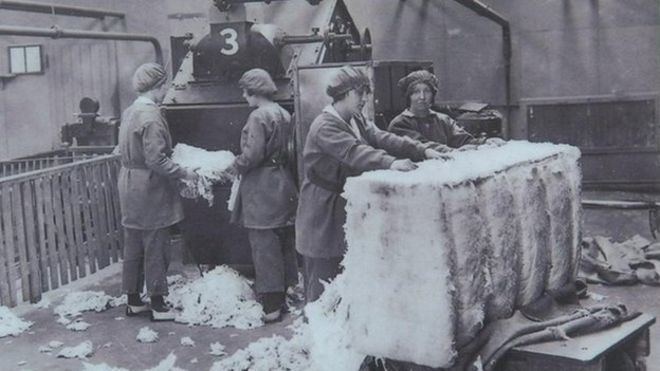
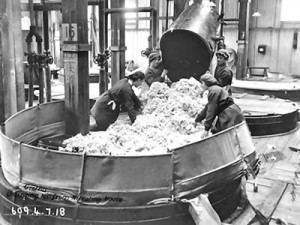
A military, 2 ft (610 mm) narrow gauge railway was used to move materials and supplies around the sites. The network, which had 125 miles (201 km) of track, employed 34 engines. Electricity for the munitions manufacture and the townships was provided by a purpose-built coal-fired power station. The telephone exchange was handling up to 2.5 million calls in 1918. The townships has their own bakeries, a laundries and a police force. The laundry could clean 6,000 items daily and the bakeries made 14,000 meals a day.

Water was taken from the River Esk, north of Longtown, through a 42 inches (110 cm) diameter pipe to a pump house. From there it was pumped through a 33 inches (84 cm) main to a reservoir. A filtration/treatment works could handle up to ten million gallons a day.
History
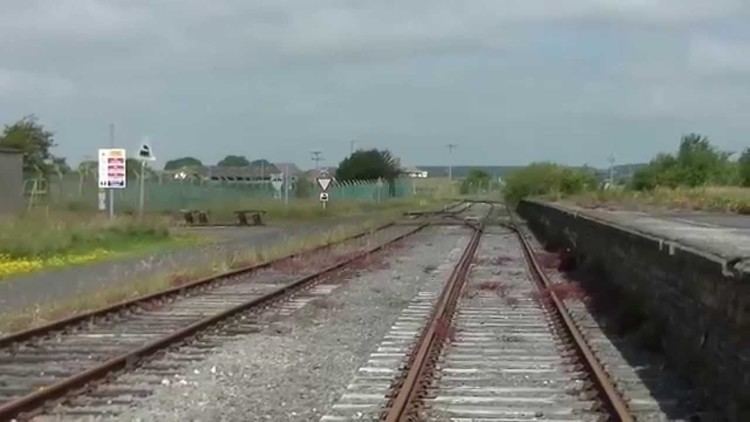
Construction work on HM Factory, Gretna started in November 1915 under the general supervision of S P Pearson & Sons. Two wooden townships were also built concurrently to house the workers. These were established at Gretna and Eastriggs. To prevent problems with the influx of navvies and munition workers, authorities implemented the introduction of the State Management Scheme which curtailed alcohol sales through the nationalisation of pubs and breweries in the vicinity.
Munitions production started in April 1916. By 1917 the largest proportion of the workforce were women: 11,576 women to 5,066 men.
At its peak, the factories produced 800 tons (812 tonne) of Cordite RDB per week, more than all the other munitions plants in Britain combined. Cordite was colloquially known as the "Devil's Porridge"; the name comes from Sir Arthur Conan Doyle who wrote in 1917: "The nitroglycerin on the one side and the gun-cotton on the other are kneaded into a sort of a devil's porridge". In 1917, when production reached 800 tons per week, King George V and Queen Mary visited the factory.
Cordite production ceased following the end of World War I. Shortly afterwards the manufacturing plants were demolished. The entire site was retained until the 1920s when most of Site 4 and some parts of the former munition areas were auctioned for private and agricultural land in more than 700 lots. The two townships of Eastriggs and Gretna and their bakeries were also sold off.
On its closure, Waltham Abbey Royal Gunpowder Mills near London became the sole government-owned cordite factory until an expansion programme started at the outbreak of World War II.
Later use
Although Site 4 was sold off and returned to agricultural use, most of the other three areas were retained for ammunition storage by the War Department and later the Ministry of Defence.
Beginning in the 1930s, up to 2,500 acres (10 km2) of Site 2, at Mossband, became Central Ammunition Depot, CAD Longtown. After World War II it became known as Base Ammunition Depot, BAD Longtown. The remaining parts of Site 1, at Smalmstown, were also designated a sub-depot of CAD Longtown.
The Ministry of Supply began using Site 3, to the southeast of Eastriggs, in the 1930s for ammunition storage. The 1,250 acres (5 km2) site was known as CAD Eastriggs. Ammunition was transported from the storage bunkers within CAD Eastriggs using a narrow gauge railway system. Two of the petrol locomotives were used on the Duchal Moor grouse railway near Kilmacolm in Renfrewshire. The site was connected to the Glasgow and South Western Railway at a junction at Eastriggs. In the 1960s, CAD Eastriggs became a sub-depot of CAD Longtown.
In 2005, the British Government announced it planned to close all sites that now comprise CAD Longtown by mid-2009 but the decision was later clarified to mean only the non-explosive aspects of these facilities.
